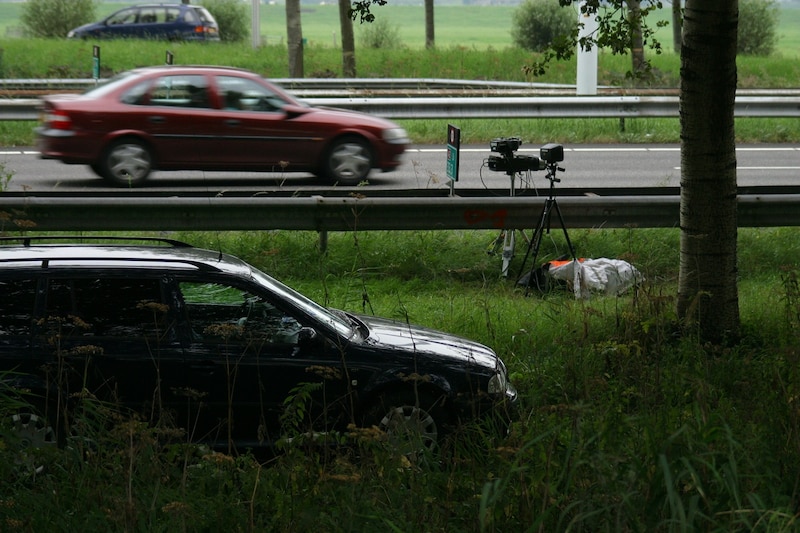
Speed controls have been created to keep road users under control, but that only works when they are actually being checked. German research shows that. According to the research, after a check there is no lasting effect.
Anyone who does not adhere to the maximum speed may bump into the lamp during a speed check, especially if it concerns an inconspicuous check. When the controls are announced, a driver is warned on the road and the gas is properly discharged at the places in question. According to research from the University of Passau. According to that research, large-scale announced flash campaigns do indeed have an effect, but there is one big caveat; virtually nothing has changed after the control period.
The investigation has shown that there is a significant decrease (on average eight percent) in the number of accidents at the locations in question during a control period. Immediately after that period, that effect disappeared again. The researchers conclude that road users withdraw gas in the event of a threatening flash or route control purely for fear of a fine. Information about the dangers of speeding cannot prevent drivers from standing on the accelerator again after the active threat of a flash.
Then you still ensure permanent control? Well, apparently that doesn’t have a big effect either. A German traffic psychologist explains in conversation with Der Spiegel that people continue to drive for an additional checkpoint, then go into the anchors, and then accelerate again after the check. On average, speed drivers try to have their average speed over a route barely influenced by the control.